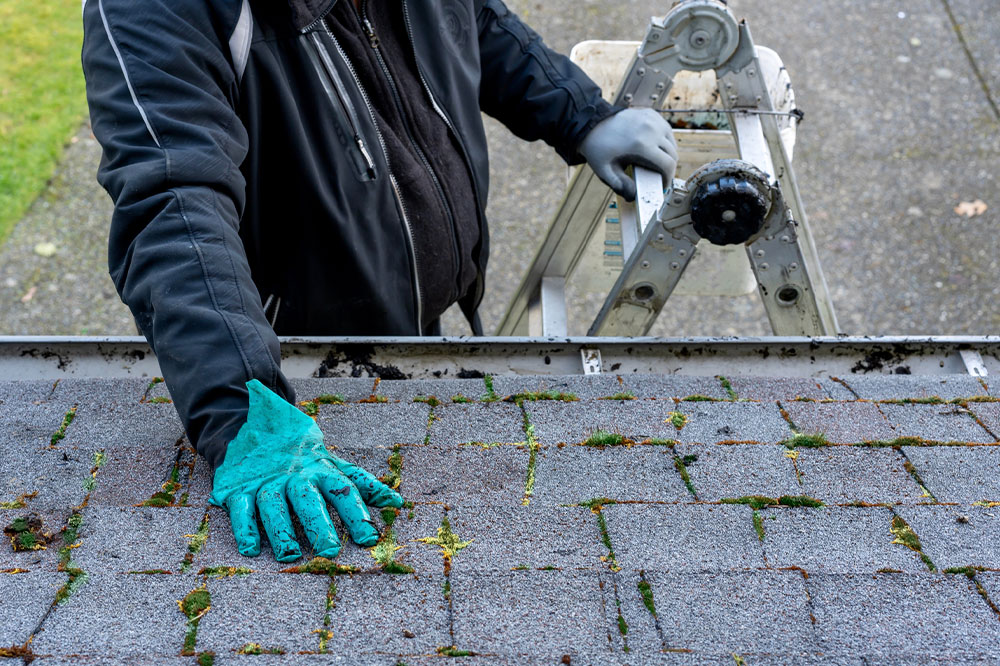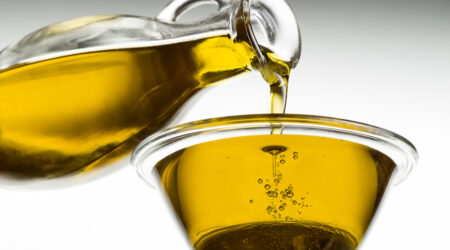Easy DIY Roof Moss Killers to Try Today
Moss growth is a common problem on roofs, which damages their structure and compromises the home’s aesthetic appeal. While commercial moss killers are readily available, many homeowners are turning to natural and homemade alternatives as they are effective, environmentally friendly, and cost-efficient. This article explores various natural and homemade roof moss killers that can help tackle this issue without resorting to harsh chemicals. First, let’s understand what moss is and why it grows on roofs.

What is moss and why it grows on roofs?
Moss is a non-vascular plant that thrives in damp, shaded areas. It usually starts as a subtle green layer on roofs that can be seen from lower angles. The growth gradually infiltrates under shingles, causing them to lift, eventually forming a dense moisture-absorbing mat. Roofs, especially those with poor drainage or excessive shade, provide ideal conditions for moss growth. Over time, moss can trap moisture, leading to premature roof deterioration and potential damage to the shingles or tiles.
Best DIY roof moss killers to make at home
Here are a few natural roof moss killers you can try making at home to save money and the damage brought on by chemicals:
Vinegar solution
Vinegar is a versatile household ingredient known for its acidic properties that can kill moss effectively. To make a moss killer using vinegar, combine equal parts of distilled white vinegar and water in a spray bottle. The vinegar’s acetic acid strength should be equal to or less than five percent. You can directly spray this solution onto the affected areas. But allow the solution to sit for a few hours, giving it ample time to penetrate the moss. Finally, rinse the roof with water to eliminate residue.
Baking soda
Baking soda is a safe and gentle option for removing moss from your roof. You can create a solution by combining three tablespoons of baking soda in one liter of water. Once ready, spray the resulting mixture onto the areas covered with moss and gently scrub with a soft-bristle brush. Allow the solution to remain on the roof for a few hours to permeate the moss effectively. Finally, rinse the paste thoroughly using water.
Bleach solution
While bleach is not entirely natural, it can be used in moderation to eliminate moss. To prepare this roof moss killer, mix one cup of bleach, a gallon of water, and a cup of laundry detergent or liquid dish in a spray bottle. Then spray the solution onto the moss-covered areas and allow it to sit for a few minutes. Once done, rinse the roof thoroughly with water to remove bleach residue. Exercise caution while working with bleach, as it can harm plants and corrode metal surfaces.
When it comes to DIY roof moss removal, avoid applying pressure while washing the roof. It may seem like a quick solution, but pressure can cause significant damage by dislodging shingles, removing protective coatings, and potentially affecting your roof warranty.
If you do not have the time to prepare DIY roof moss killers, store-bought options are an alternative. Many of them come in the form of a powder, which must be applied in lines parallel to the roof ridge. As rainwater interacts with the powder, it becomes a potent moss-killing solution that flows along the roof and into the gutters. This process typically takes around a week to yield noticeable results, and its effectiveness depends on rainfall and wind. The cost of roof moss removal powders varies depending on the quantity and supplier.
How to prevent moss from growing on roofs?
Besides using natural and homemade moss killers, implementing preventive measures can help avoid the problem from recurring. Here are a few must-try solutions:
Clean the gutters regularly
Cleaning the gutters and removing debris regularly is essential to prevent water buildup. Clogged gutters coupled with shady areas create an ideal environment for moss to thrive. Gutters also attract insects, cause water damage, and threaten your property’s health and structural integrity.
For efficient and safe gutter cleaning, hire professional services. Skilled experts equipped with the necessary tools can handle the task well while maintaining your property’s curb appeal and safety. Professional gutter cleaning also offers a convenient and time-saving solution for home maintenance.
Install zinc or copper strips
Copper and zinc strips have been found effective in inhibiting moss growth on roofs, although they do not completely eradicate it. These strips use rainwater runoff to hinder moss growth. When water flows over copper, it releases copper ions that act as a natural deterrent for moss and other organic growth.
Copper and zinc strips are long-term solutions to minimize moss growth that require professional installation. But while they can prevent moss formation at rooftops, their effectiveness may be reduced in lower areas. Still, it is worth considering them, as removing moss from lower sections of the roof is typically easier with other methods. Ensure all existing moss and algae are thoroughly removed before copper and zinc strips are applied beneath the roof ridge.


